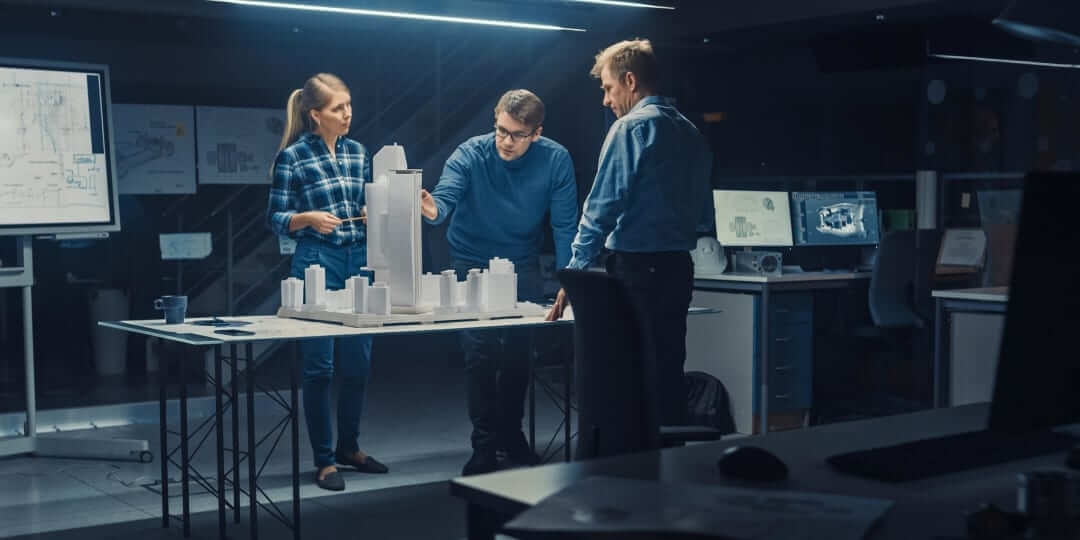By AIA Contract Documents

Architectural programming involves research and decision making that helps the architect and owner establish performance requirements and design criteria for the project. Programming can range broadly from identifying the project’s goals and objectives to particular elements, such as the precise characteristics of a space. It is an essential first step before the design phase and a critical communication tool throughout the project. A program guides participants from concept to construction documentation. The architect typically starts with a general draft at the beginning of the project, then expands and edits it into a final document.
Programming can be time-intensive, costly, and varies with each owner and project. As such, it is not easy to estimate these fees upfront to include in the architect’s basic services. On some projects, the owner may engage one architect for programming services and use that program to solicit a different architect for design services. On other projects, the owner may want the design architect to include programming as part of its design services.
Watch the AIA Contract Documents’ video series as we dive into the details on industry practice approach in architectural programming and more! Watch Now >
The recently revised B202™-2020, Standard Form of Architect’s Services: Programming is not a stand-alone document, but pairs with the B102™-2017 Standard Form of Agreement between Owner and Architect without a Predefined Scope of Architect’s Services. However, architects could also pair B202 with other AIA owner/architect agreements to satisfy provisions requesting the owner’s program for the project.
The revised B202 expands the initial information section to allow the parties to:
Of the many changes made, the updated B202 entails identifying, discussing, and prioritizing values, goals, and objectives to establish performance and design criteria for the project. Subsequent steps include gathering project-related information, analyzing data, and developing program documents for the project. B202 is also set up for architects to present an initial program document and a final program document. Additionally, the document incorporates terminology from the 2017 owner/architect agreements.
The result of an architect’s programming services is a written document called a “Program.” The architect uses this information to develop the design for the project. It includes elements such as:
To learn more about architectural programming, be sure to watch the full AIA Contract Document video series as Mike Koger, AIA, Esq., Director & Counsel at AIA Contract Documents, Wolf Saar, FAIA LEED AP, Managing Principal and Owner at VIA Architecture, and Colleen Telling, Esq., Manager and Counsel at AIA Contract Documents explore the advantages and disadvantages of different project approaches, compensation, and how the newly revised B202 provides a clear roadmap.